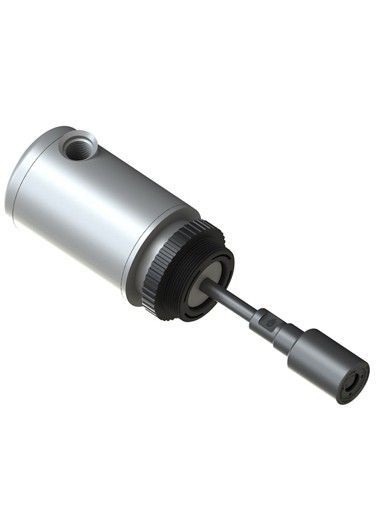Since 1964. Delivering Reliable Sensors. Precision Performance. Built for Industry.
The Quality Control System
In any discussion about quality, questions relating to ISO 9002 certification are likely to surface. So, our comments are framed to help those participating in the ISO program understand our production system. Although Compac is not a certified ISO operation, our system does control these functions and events:
- Design Control
- Material purchases
- Material verification
- Inspection and handling of reject material.
- Manufacturing processes
- Internal quality audits.
- Corrective action for quality problems.
Compac manufactures only the products presented in its catalogs. We do not custom-manufacture. Work is performed at our Paradise, CA, factory. We manufacture all of our plastic parts. Switches, stampings, extrusions and screw machine parts are purchased from domestic and foreign suppliers.
Compac’s TaskMaster Operating System
Compac’s operating system borrows from established practice. But it is also unique. We use a computer-based system to control production events. Our system does not permit work outside of preprogrammed manufacturing sequences and acceptance parameters. Specifically, pay can not be accrued, processes will not start, and machinery will not run without the system’s direction. Consequently, if work occurs, it occurs within the system’s preprogrammed boundaries or not at all. Although boundaries for a given product can be modified, access is restricted to the highest levels of management.
As histories develop, adjustments are made to solve unanticipated problems and optimize the design replication process. Its structure will accommodate special needs. For example, we can alter the level of scrutiny, expand or loosen control parameters, or add destructive tests. Its programmed nature seeks to reward success. Conversely, problem production is automatically identified. The inspection level or scrutiny is increased accordingly.
Employees are trained to operate equipment and system interfaces. However, preprogrammed code directs events and makes necessary choices to ensure successful production results.
Handwritten/typed documents and forms are not used. Rather, control entries are made directly to the system. Digital micrometers, digital weighing machines, and the like output their results directly into the TaskMaster inspection station. Thus, the system incorporates a high degree of input objectivity. Although data covering spoilage, employee production efficiency, inventory, machinery, and product performance are always online, the system can not easily be subverted or capriciously manipulated.
Human work is programmed in 3.8-hour work chunks. Detailed system work plans control chunks. The small handling steps and the tools and equipment required to do the work are described in detail. Each 3.8-hour chunk must pass an acceptance audit before the issue of additional work. Our experience indicates replication benefits from the short work shift. And when problems occur, the smaller shift size, smaller production log, and proscription of the new workforce immediately confront problems, implement corrective action, and get the project back on course.
Volume users may request copies of inspection reports. However, we are not in a position to provide specific procedures or manuals.
We certify that the products of our manufacture conform to the preprogrammed parameters we established for each product.

